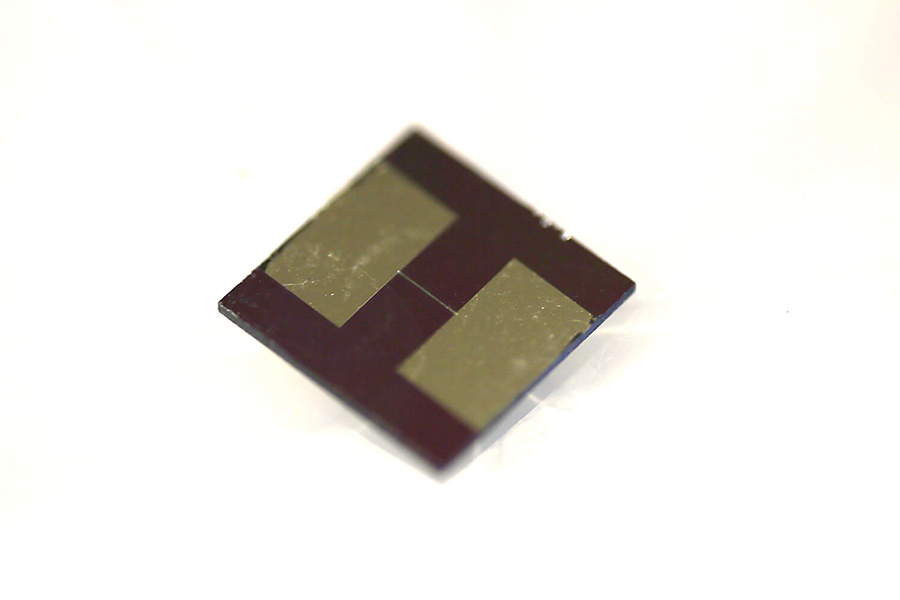Space News article takes closer look at water propulsion technologies

Water-based propulsion is moving into the mainstream, Space News said in a recent article that included AAE Professor Alina Alexeenko's Film Evaporation MEMS Tunable Array (FEMTA) Micropropulsion System.
The article, which published on Page 18 of the Aug. 19 issue, quoted Alexeenko. NASA awarded Purdue funding in 2018 to launch a miniature water-fueled thruster, and FEMTA will be a payload on an upcoming Blue Origin flight.
"What is unique about this flight testing is that the payload will be located on the outside of the launch vehicle so that the FEMTA propulsion system can be tested in real spaceflight conditions (both vacuum and low gravity)," Alexeenko told Space News.
FEMTA uses capillaries small enough to harness the microscopic properties of water. Because the capillaries are only about 10 micrometers in diameter, the surface tension of the fluid keeps it from flowing out, even in the vacuum of space. Activating small heaters located near the ends of the capillaries creates water vapor and provides thrust.
